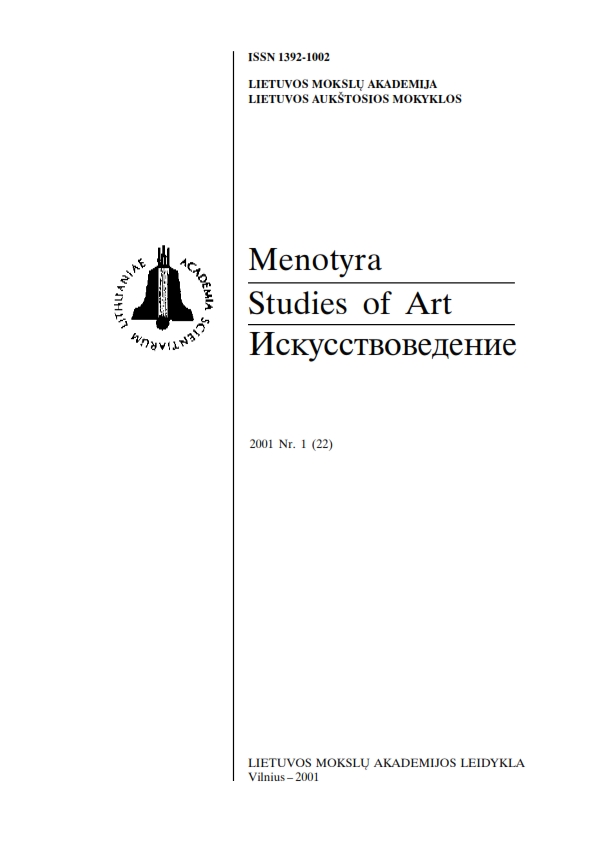Auka ir aukojimas senovės Prūsijoje
Sacrifice and sacrificial offerings in ancient Prussia
Author(s): Elvyra UsačiovaitėSubject(s): Customs / Folklore, Cultural Anthropology / Ethnology, Culture and social structure , Sociology of Culture, History of Religion
Published by: Lietuvos mokslų akademijos leidykla
Summary/Abstract: As we know, inhabitants of ancient Prussia were western Baits defeated by the Teutonic order: their land was colonized in the 13th century; most of them were killed, others fled to the adjacent countries and the less fortunate were enslaved. Prussians were akin to Lithuanians through their faith, lifestyle and language. Investigation of this material is therefore highly contributive to the understanding of our own past. It is rather more so as the body of evidence about their religion is much more considerable than that of the pre-Christian Lithuania of the same period.This article thus aims to research into the Prussian sacrifice objects and rituals, and to discuss the sacrifice practice at large.In the archaic era religion and culture were inseparable. As the centuries passed by, ritual procedures came to be progressively differentiated into several arts: painting, sculpture, poetry, dance, and theatre. But for all of that, to certain extent our present-day creative work still represents a field of spiritual activity that requires some special kind of devotion and even sacrifice.In the past, sacrifice was a religious act. Numerous researchers from different countries (E. B. Tylor, J. G. Frazer, W R. Smith, H. Hubert, M. Mauss, M. Eliade et al.) focused on its origins and significance. All of them arrived at the same conclusion that sacrifice in the ancient times was the basic form of cult.Prussian sacrificial offerings were both official and private. The offerings were performed by priests who were classified into different hierarchical levels. In the Romovė temple, the centre of the cult, sacrifices were offered to three main Prussian gods - Patulas, Perkūnas and Patrimpas. Other gods were given offerings in other places, near sacred trees and stones. The sacrifices differed by their intention such as a) praying for help, in case of danger (war, disease, other troubles); b) thanksgiving (for victory in the war, harvest); c) repentance (for misdeeds).The offerings also differed very much according to the things offered: poultry and domestic animals, one third of loots, agricultural products, and the first catch of fishermen. The Prussians believed that only a valuable offering was of significance. Therefore on special occasions they sacrificed prisoners of war or performed self -sacrifice.Dealing with the Prussian sacrificial offerings, this article draws on the 13th-16th-century German sources. In these sources, the records of sacrifice rituals are rather scarce and represent the late evidence on the matter. Nevertheless they supply data enough to understand how the sacrifice ritual proceeded and what essential stages it consisted of, viz. preparation to sacrifice, the sacrificial offering, its consumption, the priest's prayer, his dialogue with the participants of the sacrifice ritual, ritual meals and beverages, and observation of the signs pertaining to the sacrificial offering.
Journal: Menotyra
- Issue Year: 2001
- Issue No: 1(22)
- Page Range: 55-63
- Page Count: 9
- Language: Lithuanian

